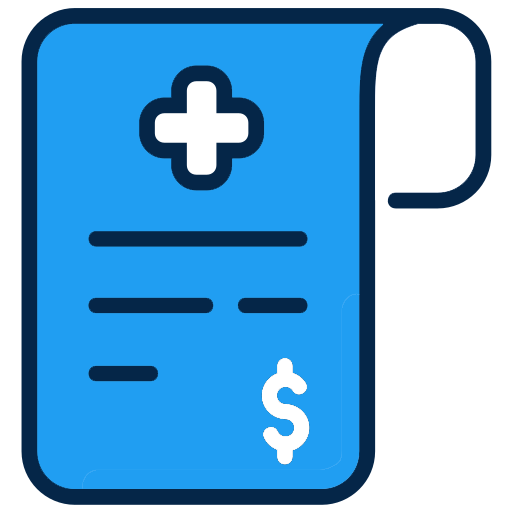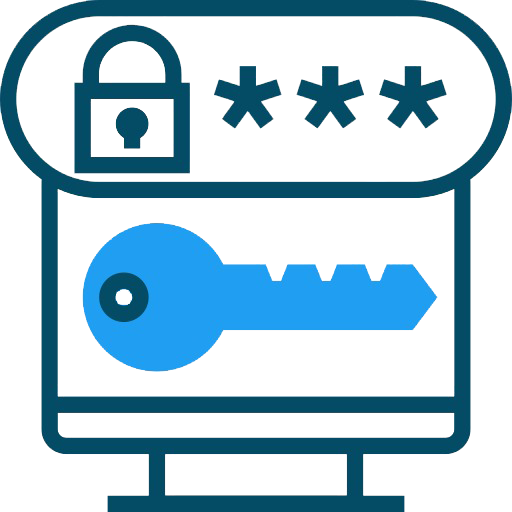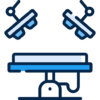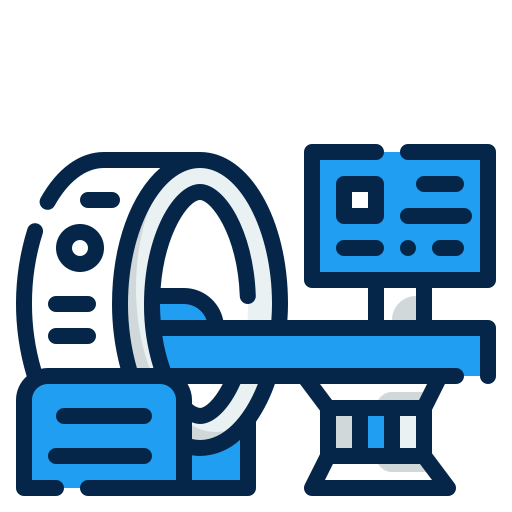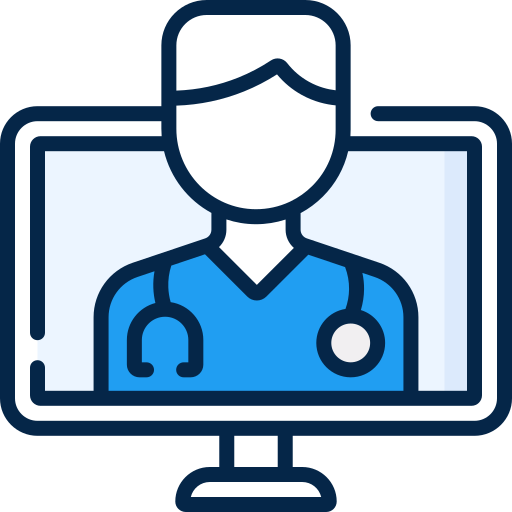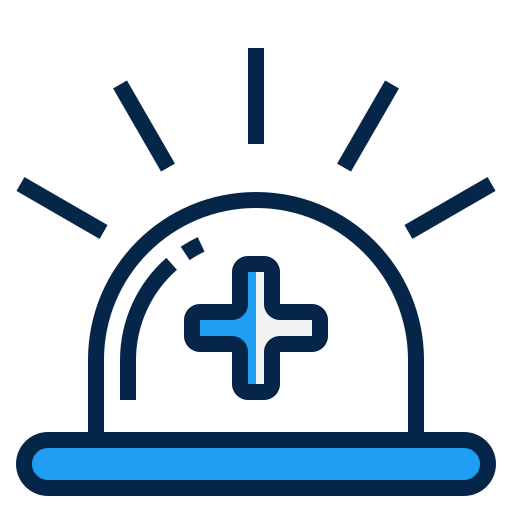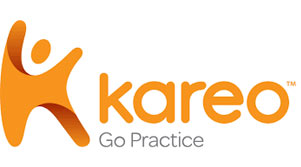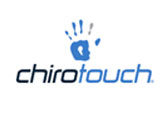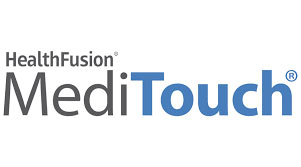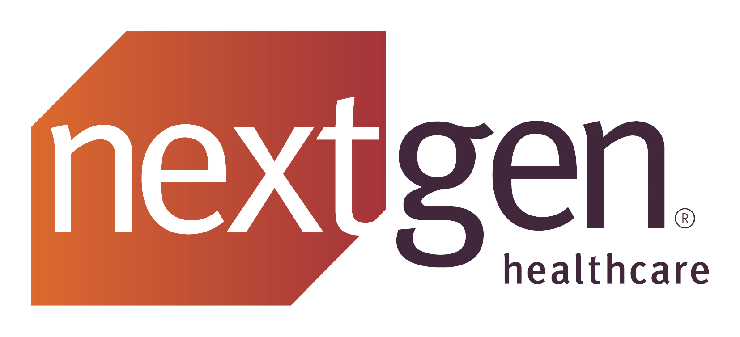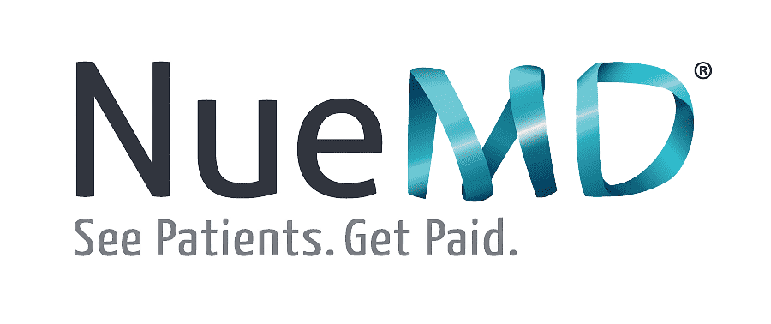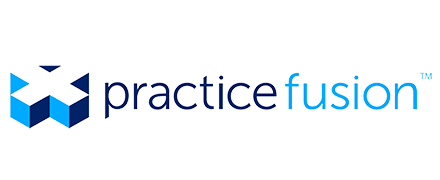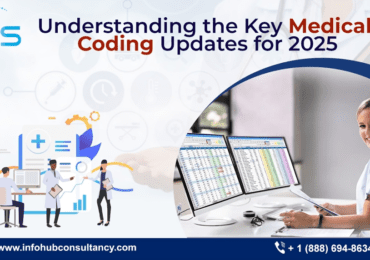The transition from volume-based to value-based care in the healthcare industry has been significantly influenced by the Medicare Access and CHIP Reauthorization Act (MACRA). A key component of this act is the Merit-based Incentive Payment System (MIPS), which plays a crucial role in determining how healthcare providers are reimbursed under Medicare Part B. MIPS is designed to reward healthcare practices that deliver high-quality, efficient care while penalizing those that do not meet established benchmarks. For healthcare practices, mastering MIPS is essential not only for financial stability but also for enhancing patient care. One effective strategy to navigate the complexities of MIPS is outsourcing medical billing and coding services, which can streamline processes and ensure accurate reporting. This blog will explore effective strategies that healthcare practices can implement to maximize their MIPS scores, improve patient outcomes, and avoid penalties.
Understanding the Merit-based Incentive Payment System (MIPS)
MIPS assesses healthcare providers in four main categories: Quality, Cost, Improvement Activities, and Promoting Interoperability. Each category contributes to the overall MIPS score, influencing Medicare reimbursement rates. A clear understanding of these components is vital for achieving a high MIPS score.
1. Quality: Prioritizing Evidence-Based Care
The Quality category holds significant weight in MIPS, focusing on the effectiveness of care based on clinical guidelines. To excel, healthcare practices should emphasize preventive care, chronic disease management, and adherence to best practices. Selecting quality measures that align with the practice’s strengths and patient needs can lead to better performance and higher MIPS scores.
2. Cost: Managing Resources Efficiently
The Cost category assesses how well providers manage healthcare costs while maintaining care quality. Reducing unnecessary tests and hospitalizations, and implementing care coordination strategies, can help practices control costs. Regularly reviewing cost data allows practices to identify areas for improvement and take corrective actions.
3. Improvement Activities: Enhancing Care Coordination
Improvement Activities encourage practices to engage in initiatives that improve clinical practice and patient outcomes. Integrating these activities into daily operations, such as implementing telehealth or patient education programs, can improve MIPS scores while enhancing care delivery.
4. Promoting Interoperability: Leveraging Technology
The Promoting Interoperability category focuses on using technology like electronic health records (EHRs) to improve care coordination and patient engagement. Investing in advanced EHR systems that comply with MIPS requirements and training staff to use these tools effectively are key strategies for success in this category.
5. Team Engagement: Fostering a Culture of Continuous Improvement
Maximizing MIPS scores requires a collaborative approach. Every team member, from physicians to administrative staff, should be involved in the process. Regular training, open communication, and recognition of staff efforts are essential in building a culture that prioritizes continuous improvement and high MIPS performance.
6. Data Analytics: Monitoring Performance
Data analytics is crucial for improving MIPS performance. By tracking performance data, practices can identify trends and make informed decisions to enhance care delivery. Regular performance reviews help ensure that practices stay on track to meet their MIPS goals and make necessary adjustments.
Avoiding Common Pitfalls in MIPS Reporting
While striving for MIPS success, healthcare practices must also be mindful of common pitfalls that can hinder their performance. One of the most significant challenges is poor data management, which can lead to errors in reporting and ultimately lower MIPS scores. To avoid this, practices should invest in robust data management systems and provide ongoing training to staff on proper data entry and management techniques.
Another common issue is the underutilization of available resources, such as the tools and guides provided by the Centers for Medicare & Medicaid Services (CMS). Practices should take advantage of these resources, including webinars, support services, and expert consultations, to enhance their understanding of MIPS requirements and improve their reporting accuracy.
The Road to MIPS Mastery
Achieving a high MIPS score goes beyond mere compliance; it’s about enhancing patient care. By implementing the strategies outlined, healthcare practices can boost their MIPS scores and improve overall care quality. Staying updated on MIPS changes, continually refining care processes, and leveraging technology are essential for mastering MIPS.
At ICS Medical Billing, we recognize the challenges in navigating MIPS and are committed to helping you develop and execute an effective strategy. As a leading Offshore Medical Billing and Coding Services Provider in India, we offer expertise to support your practice in this value-based care landscape. Contact us today at +1 (888) 694-8634 / 0422 4212 455 or email inquiry@infohubconsultancy.com to learn more about achieving MIPS success and focusing on exceptional patient care.

